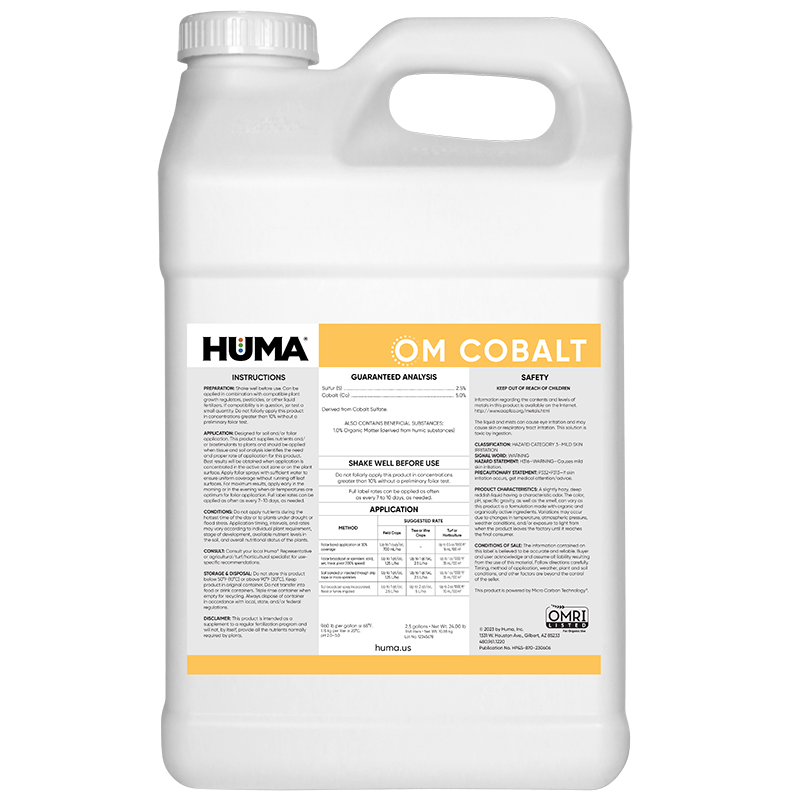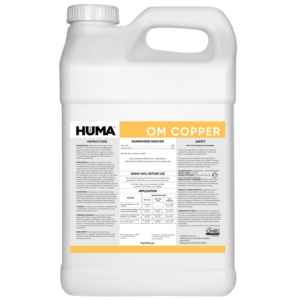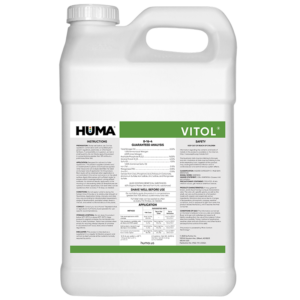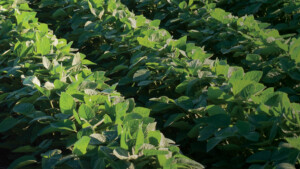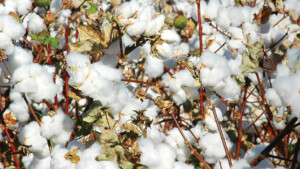OM COBALT
Benefits of Use:
- Effectively treats cobalt deficiency symptoms
- Essential element for nodulation or nitrogen fixation in legumes
- Buffers excessive ethylene concentrations in plant tissue, preventing the production of abscisic acid and premature fruit drop
- May assist in overcoming stress caused by over-application of herbicides and pesticides
Deficiency Symptoms-When to Apply:
- Plant/soil is cobalt deficient
- Plant stress from weather or chemicals
- Limited nodule nitrogen-fixing bacteria in legumes
- Premature fruit drop of crop
FAQs
Related Products
Related Case Studies

Recoverable Sugar of Sugar Beets Yield Increased Using Huma® Program, Year 2
Objective This field trial was conducted to observe effectiveness of additional preharvest applications of Huma® products on recoverable sugar of sugar beets and return on investment. Materials & Methods This trial on sugar beet (Beta vulgais vulg. altissima) was conducted in Homedale, Idaho. The crop was seeded on April 18 and was harvested on October

Zap® Improves Soil Biology and Soil Structure
Objective Huma® Zap® has been shown to improve crop yield and soil conditions. This research investigated some of the ways Zap improves soil characteristics such as soil biology and soil structure. Materials & Methods Two sets of soil in containers received two different solutions. The first received 120 ml of only water and the second

Huma® Liquid Sili-Max® Improves Wheat Yield at Much Higher Efficiency Than Conventional Dry Silicon Fertilizers
Objective The objective of this study was to compare, for use in Louisiana wheat production, the efficacy of a liquid silicon (Si) fertilizer (Huma® Sili-Max®) with a commonly used dry Si source (steel slag) and another Si source (wollastonite) often used in research as a suspension. Silica deposition is an important barrier for foliar fungal
Related Blog Posts

This Week In Ag #102
All four faces on Mount Rushmore are farmers. Along with being the father of our country, George Washington was a father of regenerative agriculture, implementing intense crop rotation (he grew 60 different crops), cover crop practices, manure management, and grazing from multiple livestock species on his 8,000-acre Mt. Vernon farm. Thomas Jefferson, considering himself “first a

Proof of His Vision: The 1984 Humic Acid Study
Decades before humic acids became more understood in agriculture, Dr. Jordan G. Smith was already testing their impact on plant growth. This newly uncovered 1984 study, co-authored by Huma’s founder, validates a vision that still drives our mission today.
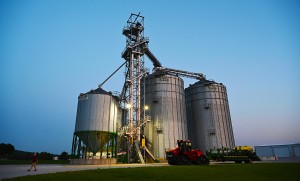
This Week in Ag #46
A new year brings new hope and new predictions. Gazing into my crystal ball, here’s what’s taking shape in 2024: “Just in time” fertilizer application will continue. Granted, I still saw lots of knife-marked farm fields across Illinois while I was home for the holidays. But the practice of applying nutrients exactly when they are

